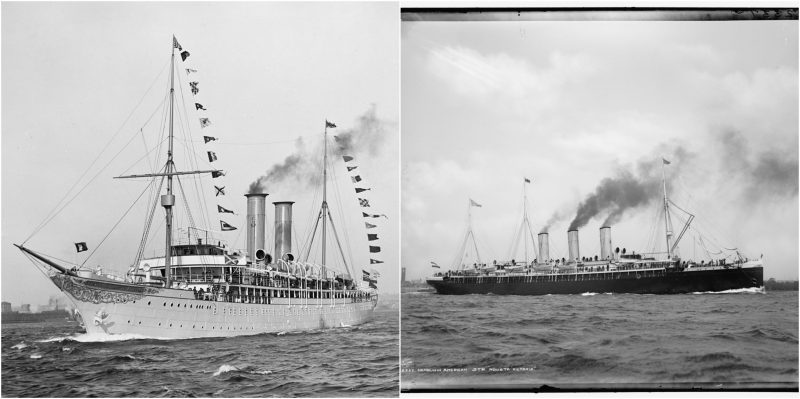Sometimes the point of a journey is not only to transport yourself from one location to another; some journeys are made purely for pleasure.
If the goal of traveling is pure pleasure, is there a better way to enjoy yourself than taking a boat and cruising the oceans and seas? For those who aren’t seasick, leisure cruising is the right choice. Leisure cruising wasn’t created for fast transportation.
It is meant to do just the opposite; to slowly take you on wonderful tours around the globe and show you the beauty of the seas while making you feel comfortable and entertained.
At the beginning, leisure cruising was a privilege reserved only for the richest. Today, with many ships available around the world, it has become more affordable for all of us.
Leisure cruising wasn’t created for fast transportation. It is meant to do just the opposite; to slowly take you on wonderful tours around the globe and show you the beauty of the seas while making you feel comfortable and entertained. At the beginning, leisure cruising was a privilege reserved only for the richest. Today, with many ships available around the world, it has become more affordable for all of us.
First of all, “cruising by boat” is defined as a lifestyle that involves living for extended time on a vessel while traveling from place to place for pleasure. Cruising refers to trips of a few days or more and can extend to round-the-world voyages. So when did this kind of traveling begin?
According to some sources, the first cruise ship was an Italian vessel called Francesco I, built in 1833.
After a marketing campaign had been made about its journey, it sailed from Naples in June 1833. Francesco I, boarded by many European nobles, authorities, and royal princes, sailed to many important ports of the time, including Catania, Syracuse, Malta, Corfu, Delphi, Athens, and Constantinople.
Passengers were treated to lavish meals, excursions, guided tours, and organized parties to make their journey enjoyable. Although this trip apparently belongs to the pleasure cruise category, it was only available to European aristocracy and thus, was not commercial like the others that followed in the next decade.
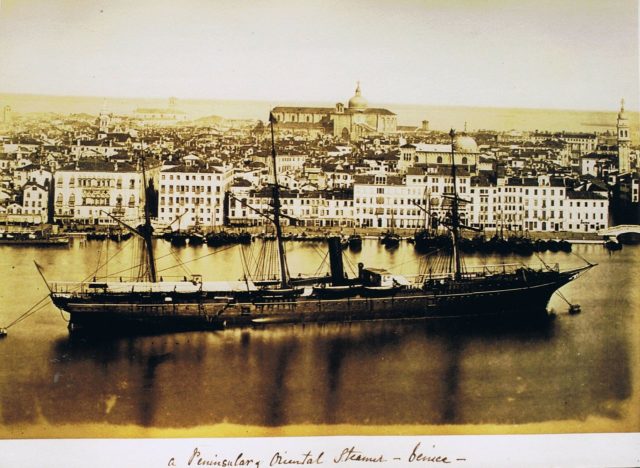
The actual beginnings of leisure cruises can be traced back to 1822 and the foundation of the Peninsular & Oriental Steam Navigation Company.
At the start, the company operated only shipping lines (under the name Peninsular Steam Navigation Company), and in 1837 they received a contract for mail delivery between England and the Iberian Peninsula. Three years later, they received a new contract for delivering mail to Alexandria, Egypt, Gibraltar, and Malta.
Three years later, they received a new contract for delivering mail to Alexandria, Egypt, Gibraltar, and Malta. These contracts opened new possibilities for the company, and in 1844 they started offering passenger services also.
The Peninsular & Oriental Steam Navigation Company (P&O Cruises) advertised boat cruises from Southampton to places like Gibraltar, Malta, and Athens.
Those journeys laid the foundations for modern cruise holidays. Because of these pioneering tours, P&O Cruises are recognized as the world’s oldest cruise line. They also made the first round trips to Alexandria and Constantinople. The company flourished towards the end of the 19th century when ships became more sophisticated, larger, and luxurious.
Famous for the popularization of leisure cruises were a series of tours made by a German ship called Augusta Victoria in the Mediterranean and the Near East. In 1891, Augusta Victoria took Albert Ballin (a German shipping magnate and the owner of the ship) and 240 other passengers on a pleasant journey through the Mediterranean Sea.
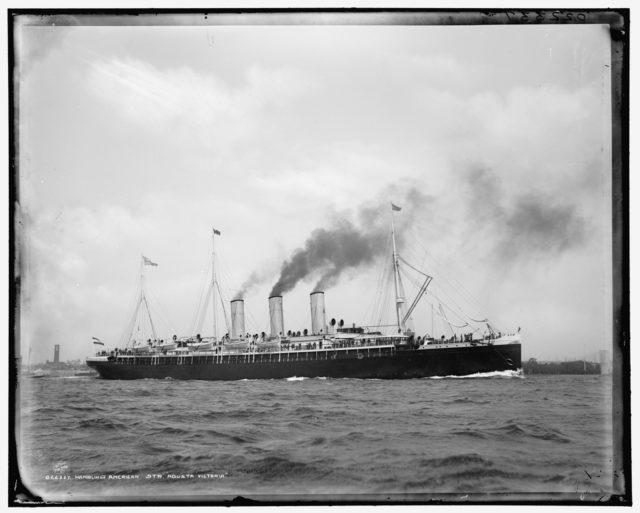
Albert Ballin’s company (Hamburg-America Line) was also the first one to send ships on southern cruises when cold winter weather made it difficult for ships to cross the Atlantic.
Many other companies followed this example and some even utilized their ships for summer transatlantic crossings and winter cruising.
At the beginning of the 20th century, the first ship made solely for the purpose of pleasure cruising was built. The Prinzessin Victoria Luise (Hamburg-America Line) was completed in June 1900 and sent on her maiden voyage to New York on 5 January 1901.
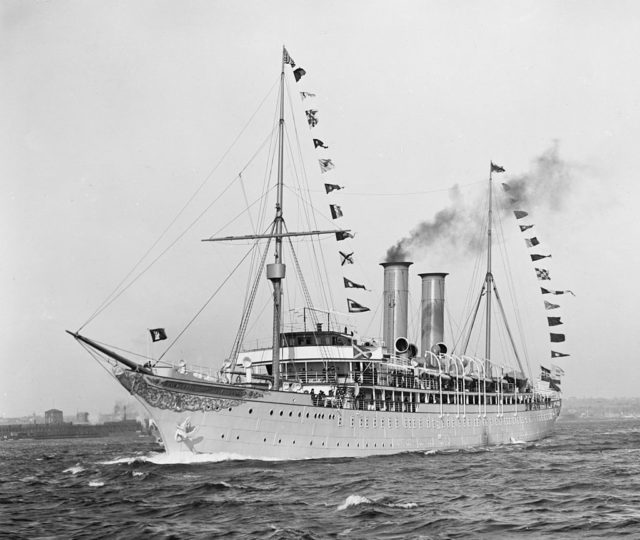
She was one of a kind. All of her 120 cabins were first class and luxuriously decorated (with some instructions from the Emperor himself). Prinzessin Victoria also had a library, a gymnasium, and a darkroom for the development of film by amateur photographers.
Unfortunately, five years later the ship was accidentally grounded just off the coast of Jamaica. The captain locked himself in his quarters and shot himself.
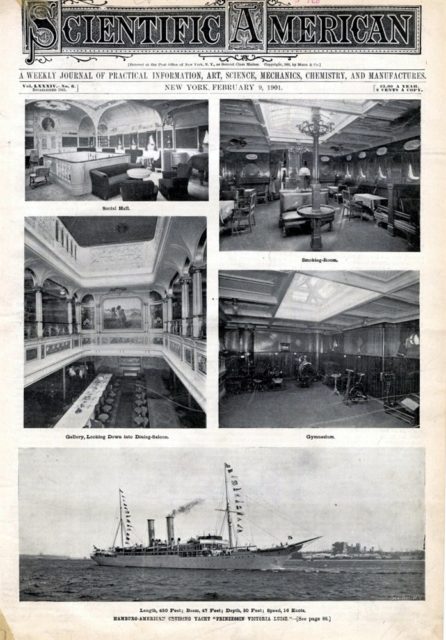
Soon, many of the transatlantic ships (such as the Titanic) started to offer services that were inspired from the leisure cruising business.
In 1906, there was a total of seven luxury liners in service. Some of the more famous were City of Paris, Campania, Lucania, Majestic, and Teutonic.
With the development of large passenger jet aircraft in the 1960s, the majority of intercontinental transport moved from ships to planes.
The Ocean liner trade slowly started to loose their customers. The 1980s brought a big change in the ocean liner niche.
Companies lie Cunard Line moved their focus on people who wanted to spend their time at sea and specialized their ship Queen Elizabeth II for luxury transatlantic cruises.
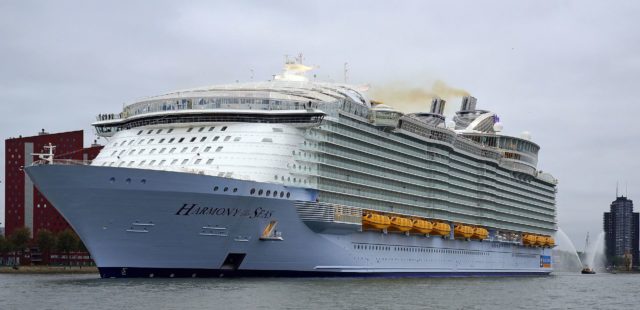
This was the rebirth of pleasure cruises. The journeys were advertised as a vacation and the ship as a floating hotel, not just a vessel for transportation.
Other companies followed this innovation and soon fleets of huge mega cruisers started to appear, a trend that still continues today.
